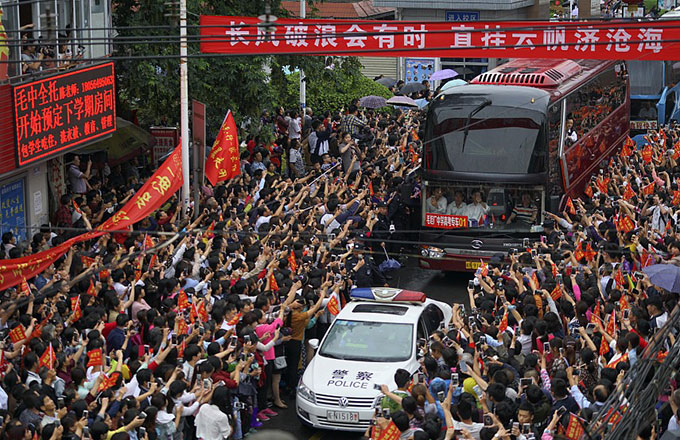Beijing flood control measures to improve drainage, safety
Beijing is upgrading its drainage system to prevent damage during torrential rainstorms, such as the floods on July 21, 2012, that killed 79 people, affected thousands of homes and disrupted the main transport networks.
Two locations that were waterlogged in 2012 are being renovated, with the dredging of rivers and the reinforcing of dikes and reservoirs, the Beijing Municipal Office for Flood Control and Drought Relief said.
The Nangangwa section of the Jinggang’ao Expressway accumulated 6 meters of water in 2012, causing damage to the road and leaving dozens of cars submerged.
The area is easily flooded due to its concave terrain, according to Zhang Yi, an engineer from Beijing Tsinghua Tongheng Urban Planning and Design Institute, who added that "the two nearby rivers often overflow".
Zhang Sai, an associate researcher with the city’s flood control authority, said flood control construction started in May and will be completed before the flood season begins.
Dahongmen Bridge was another area where rainwater collected in 2012 due to poor drainage. Located on the South Fourth Ring Road, the water reached a depth of 3 meters, flooding overpasses and submerging vehicles.
To strengthen flood prevention, a new reservoir was built near the bridge, which is capable of holding 9,000 cubic meters.
"During rainstorms, the drainage pumps will draw water from the area to the reservoir. After the flood season ends, water from the reservoir will be transferred to nearby rivers," Zhang Sai said.
The Beijing flood control office has advised residents to use social media and mobile web-mapping services for real-time flooding updates.



















